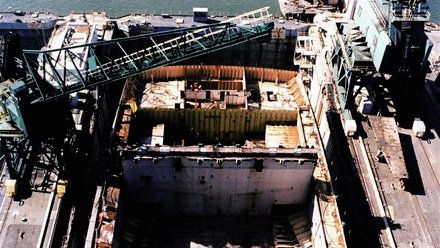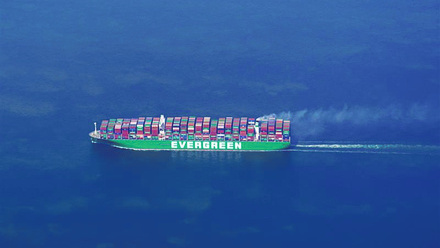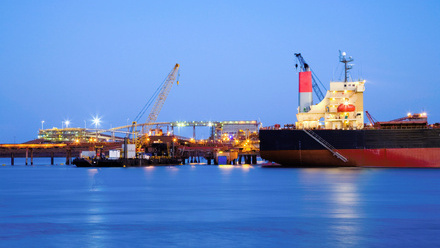Cleaning up the crew transfer vessels keeping wind turbines turning
The offshore wind industry will play a leading role in maritime energy transition, yet installing and maintaining the giant turbines still results in pollution.
In Europe, it’s estimated there are between 350 to 400 crew transfer vessels (CTVs) taking workers out to service offshore turbines. This is a busy fleet because not only is the offshore wind footprint growing fast, but these high income-generating assets need a lot of care to minimise downtime.
“They operate for about 250 days a year and are burning 1,500 litres of fuel per day,” says Leo Hambro, Commercial Director of Tidal Transit, the Norfolk-based crew transit service operator. “This is a disgusting number, and we need to find ways to deal with this because global offshore wind capacity is set to soar.”
Tidal Transit has its own plans to counter this polluting tide. It is working on an £8m project to deliver the world’s first retrofit electric crew transfer vessel (E-CTV).
The diesel-powered 20-metre vessel, Ginny Louise, will be retrofitted with over 2 MWh of battery capacity, electric motors, and propulsion pods. Importantly, not only will the retrofit, now known as e-Ginny, be 100% zero emission producing, but will also carry zero risk of fuel spillages, have significantly lower noise pollution and far fewer maintenance requirements.
As with landside electric vehicles, the limited availability of charging infrastructure is a barrier to increased uptake of zero emission marine operations.
The e-Ginny project will build its own ecosystem, with onshore and offshore charging available. By enabling the CTV market to tap into zero emission electricity produced at sea, the time and range that electric vessels can stay in operation without returning to port will increase.
Offshore charging also raises the prospect of ‘carbon-free fuelling stations’ for other sea-going vessels.
“There are applications for larger service operations vessels (SOVs) and vessels travelling longer distances, which can use wind turbines as ‘top-up’ points along their journey,” claims Hambro. “There [is] vast amounts of power being produced in the middle of the oceans and it’s power that has no transmission loss and the cost is close to zero, or even less than zero, because the grid sometimes pays them not to produce, so anything that can be done electrically should be done electrically.”
Of course, retrofitting an entire diesel-fuelled fleet is not cheap nor feasible - some vessel types are unsuited to the transition. “It’s very much case-by-case and there’s definitely more potential on larger hulls,” says Hambro, adding that the e-Ginny project has £6.3m worth of funding from the Zero Emissions Vessel and Infrastructure (ZEVI) competition run by the UK’s Department of Transport.
Greening the CTV sector isn’t just about electrification. Foiling, for example, reduces drag by lifting the vessel out of the water, leading to as much as a 70% reduction in energy costs. There are side wins too: Artemis Technologies’ eFoiler solution, for example, provides a more comfortable ride and reduces seasickness so that crew arrive at site refreshed and ready to work.
As with other emerging green tech, it is advancing all the time and costs are coming down. And while batteries may degrade over time, Hambro states that even at 80 percent performance after 10 years, the battery can still be a valuable shoreside asset as a powerpack or storage unit.
If you would like to find out more and get involved in the Ship Energy and Environment SIG, you can select it from the My SIGs page of My IMarEST.
Main image: Ginny Louise pre retrofitting; credit: Tidal Transit





